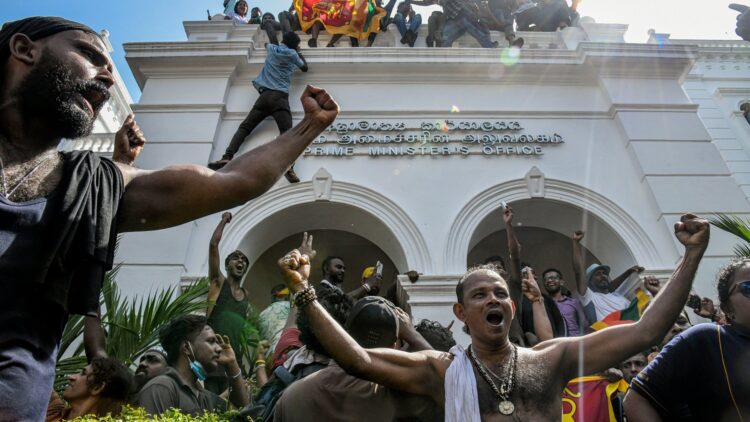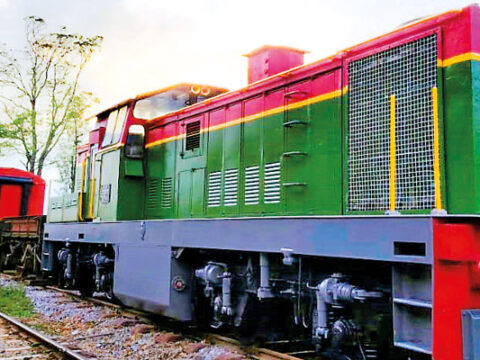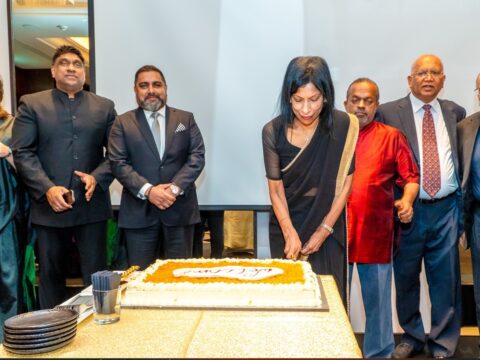COLOMBO: The Sri Lankan government is cracking down on the people who participated in a protest movement that toppled the island nation’s president last month, arresting several demonstration leaders, slapping others with travel bans and ordering the clearing of the last remaining protest tents, according to a report in The New York Times.
The months long movement forced out President Gotabaya Rajapaksa, whose family had politically dominated the country for the better part of two decades. He fled Sri Lanka last month and resigned.
Protesters had blamed Mr Rajapaksa for the country’s economic collapse after the nation ran out of foreign reserves, leading to shortages of fuel and medicine. As a result, many Sri Lankans are living in dire conditions, with people lining up outside gas stations for days.
Mr Rajapaksa’s successor as president, Ranil Wickremesinghe, immediately declared a state of emergency and made it clear he was going after the protest organizers. He called some protesters a “fascist” threat and said authorities would take action against those who had occupied government buildings, including the president’s residence and office.
“It appears to be a witch hunt,” said Ambika Satkunanathan, an activist and a former human rights commissioner in Sri Lanka. “They are hunting people for minor fractions to crush dissent, while people who are responsible for war crimes, for massive corruption, for bringing the country to its knees are able to just continue business as usual.”
Among the latest arrests on Wednesday (Aug 3) were Joseph Stalin, a leader of a teachers union, and Mahanama Thero, a Buddhist monk, both of whom were at the forefront of the movement. Jeewantha Peiris, a Catholic priest and another protest fixture, is in hiding after police raided a church with a warrant for his arrest.
“The right to protest is a democratic right,” Mr Stalin said in a video on social media as he was being taken away by police. “What crime have I committed? Have I stolen public money or murdered people?”
Those arrested thus far also include a protester accused of stealing the president’s official flag, another charged with stealing the president’s beer mug and a third said to have sat in the president’s chair.
While the movement had remained largely disciplined during months of demonstrations, the climactic day, July 9, turned chaotic in the streets and forced government leaders into hiding.
Protesters occupied the president’s office and his official residence, although they quickly tried to restore order there. A mob burned the private residence of Mr Wickremesinghe, who was prime minister at the time, while other protesters clashed with security forces outside Parliament.
Movement organisers, who had camped along the Galle Face oceanside park in Colombo for months, had distanced themselves from acts of violence and vandalism.
Mr Wickremesinghe, a veteran politician who had been prime minister a half-dozen times, owes his ascent to the top job to support from Mr Rajapaksa’s party. His actions since taking over as president have essentially made any victory for the protesters partial, with several members of the Rajapaksa dynasty back in Parliament and rumours rife about the return of the former president, who remains in Singapore.
Soon after taking office as president, Mr Wickremesinghe sent police on a violent pre-dawn raid of the protest site July 22, clearing the tents around the president’s office and leaving about 50 protesters injured
© The New York Times




